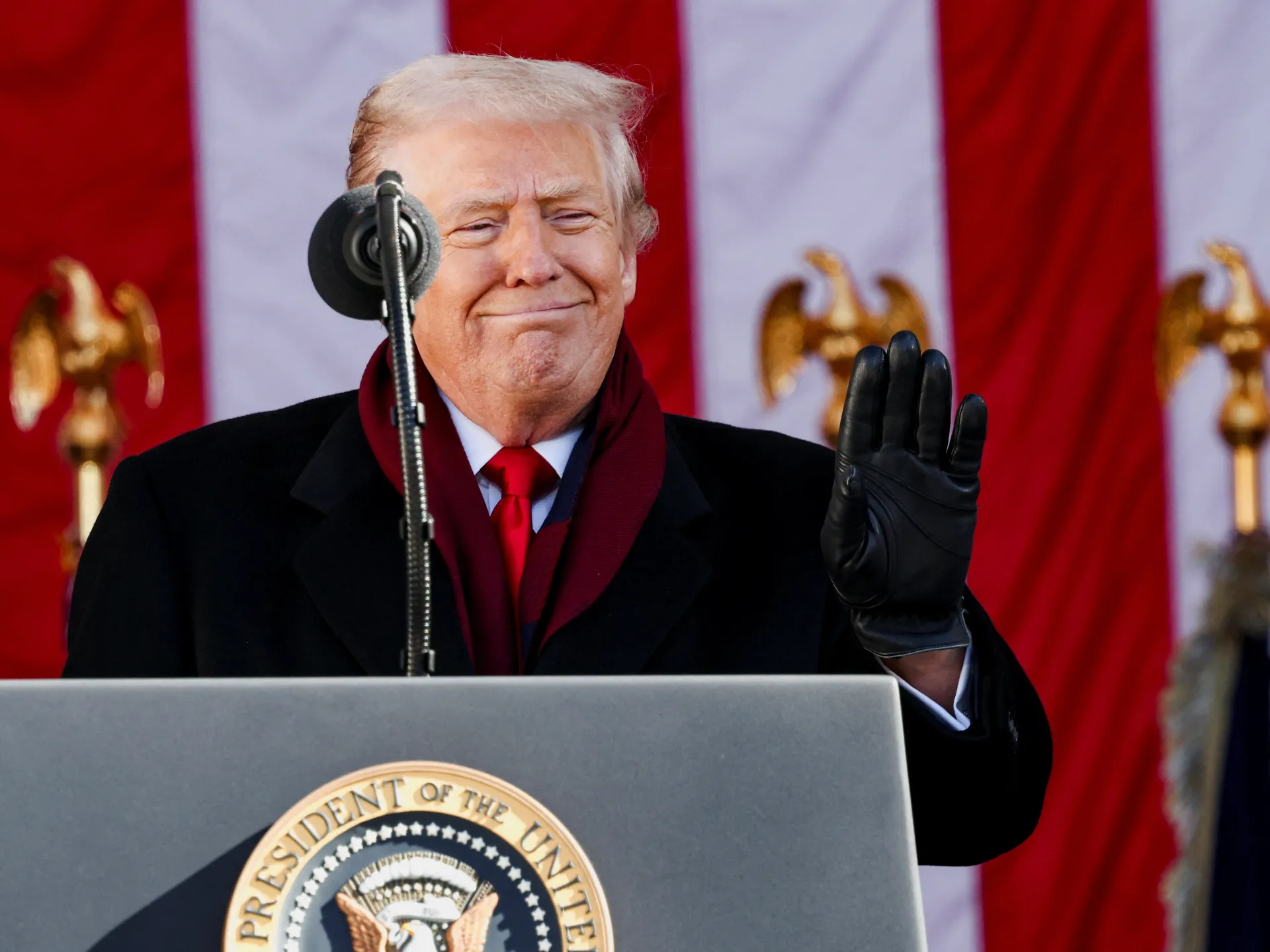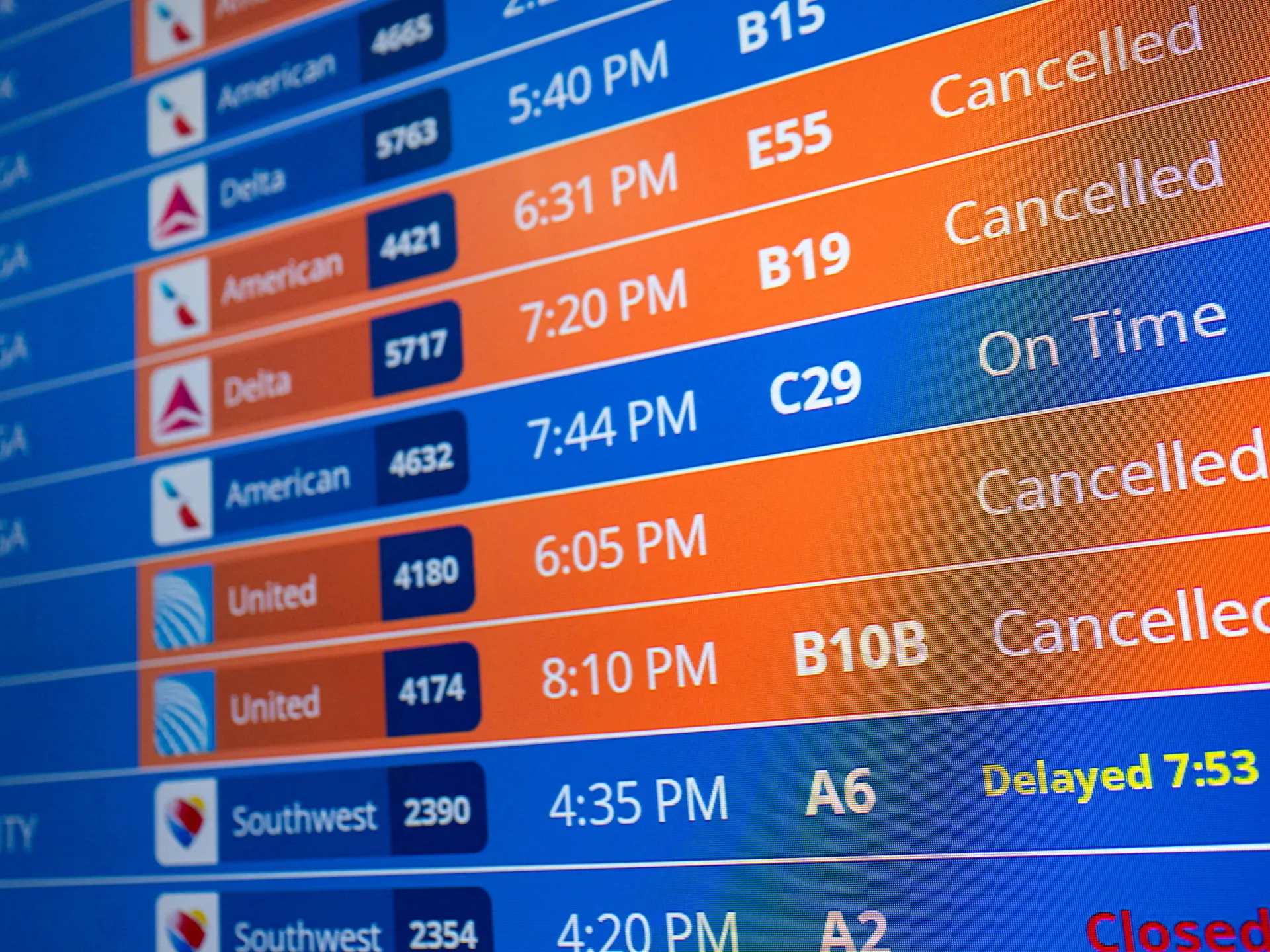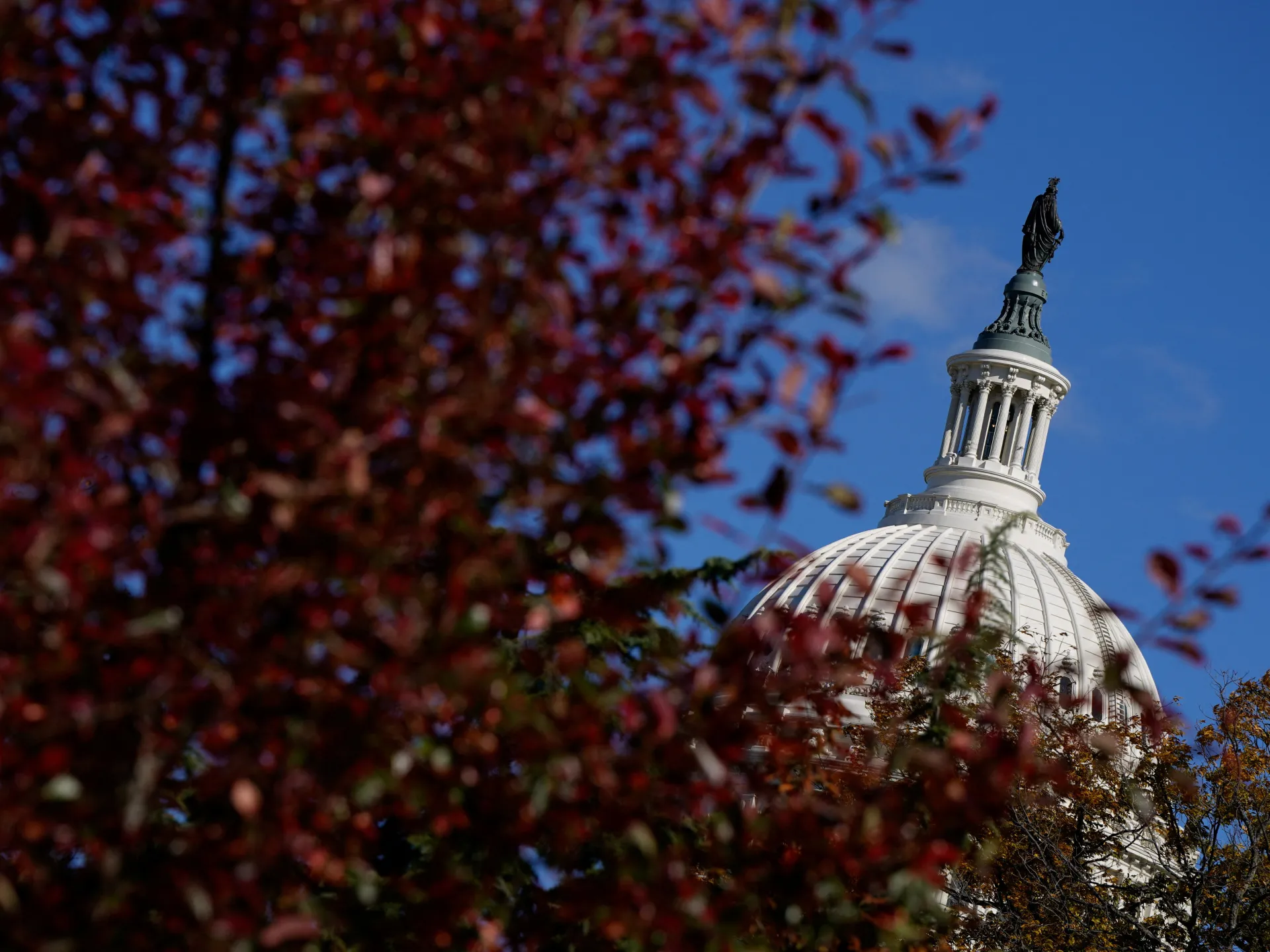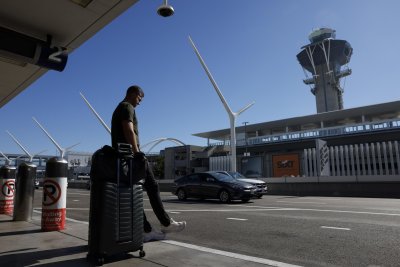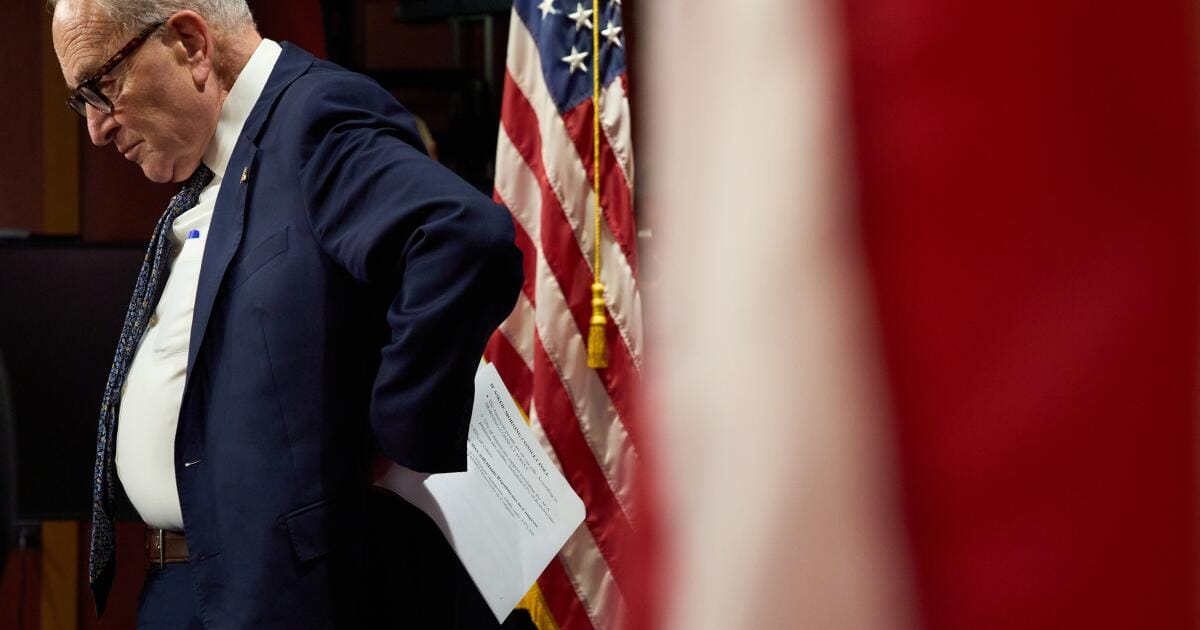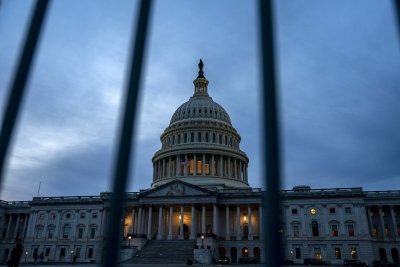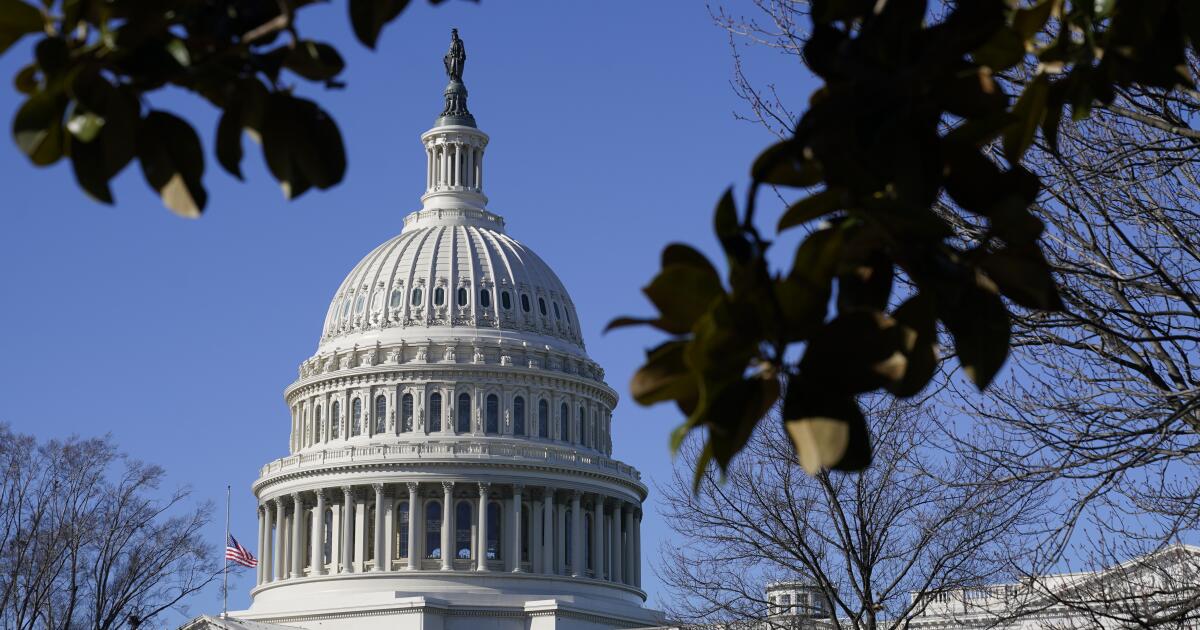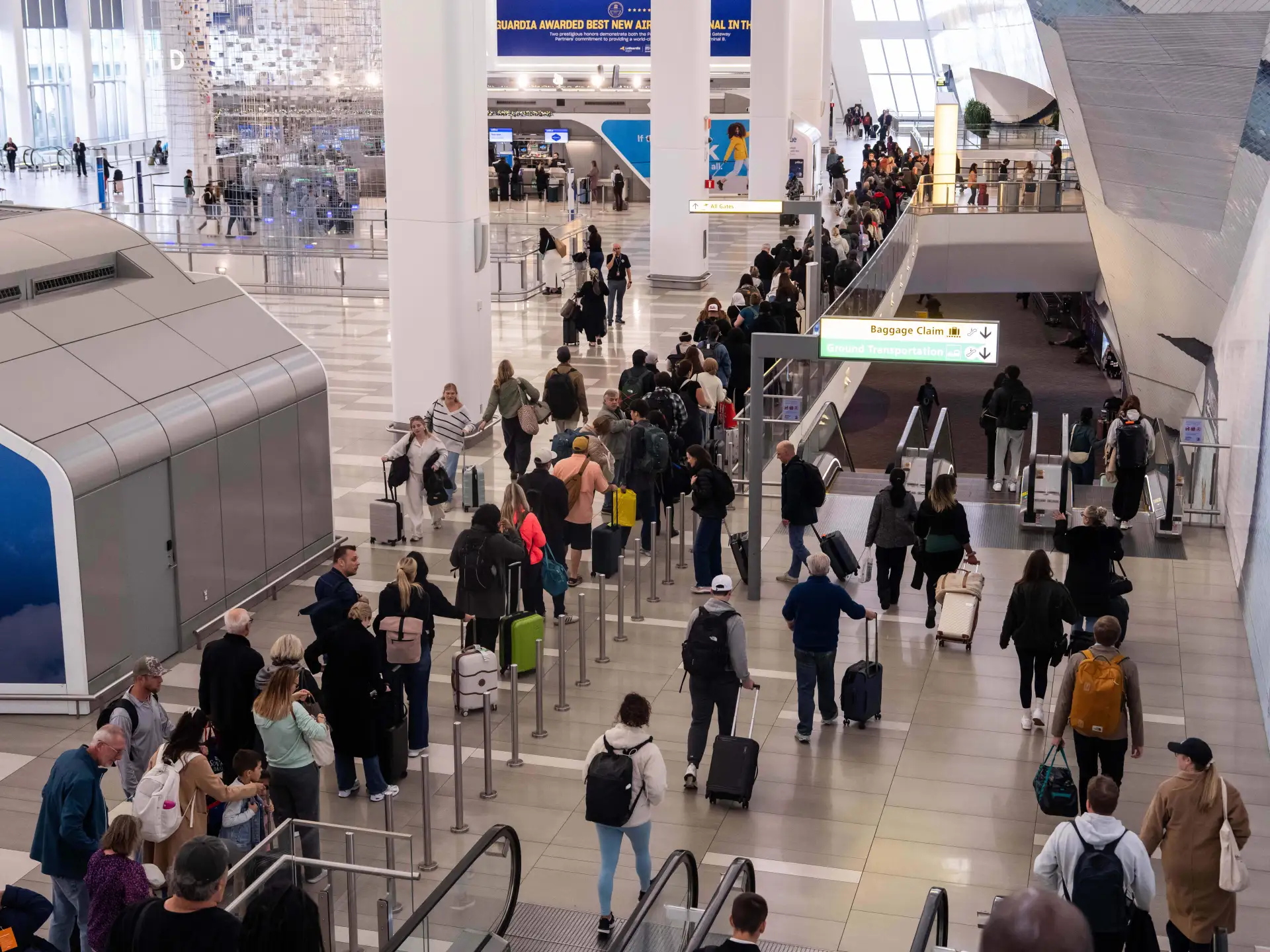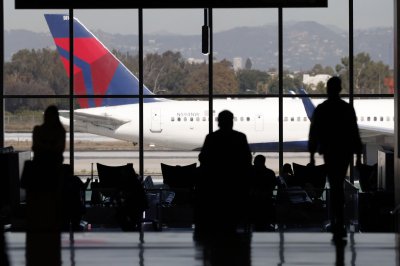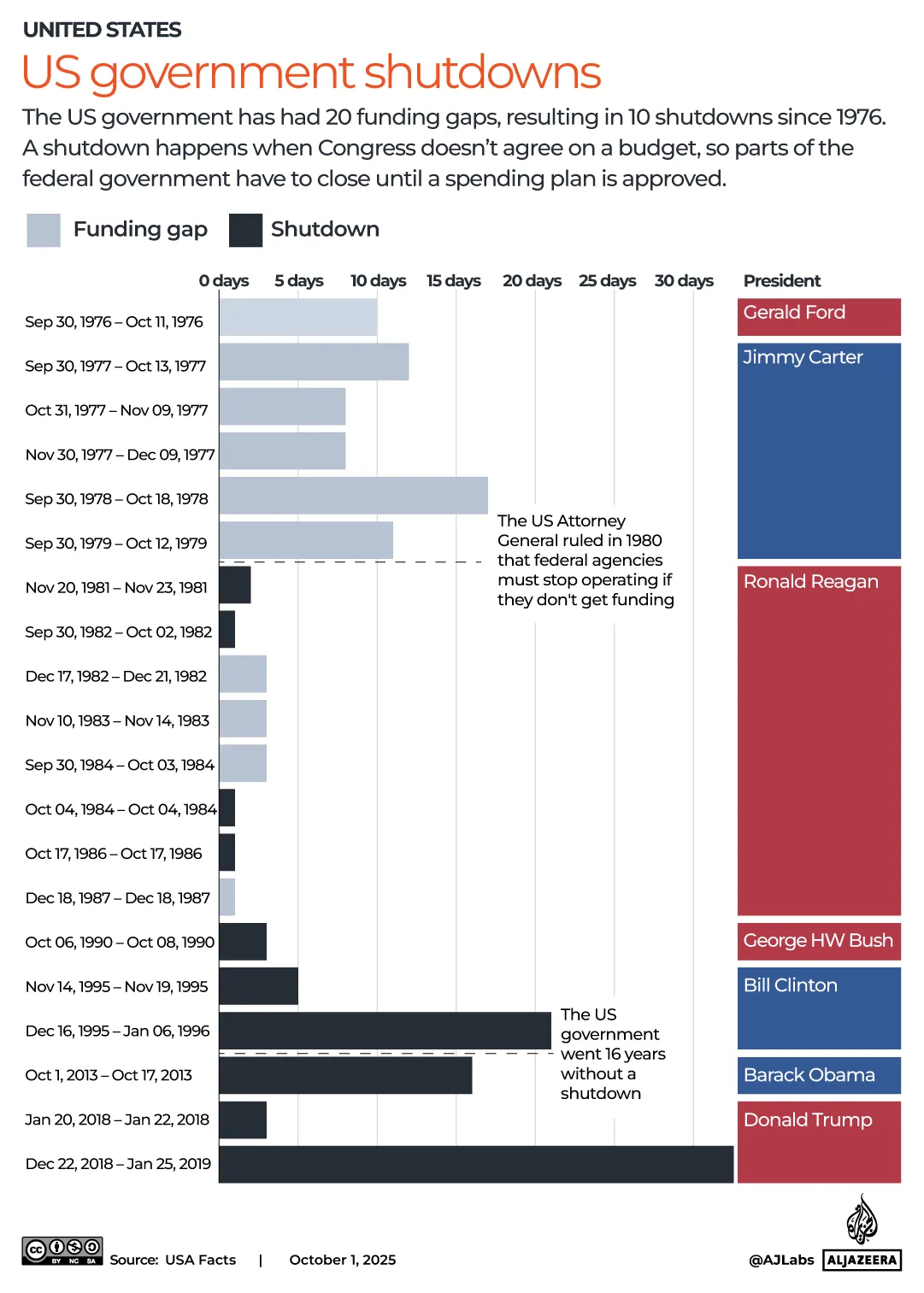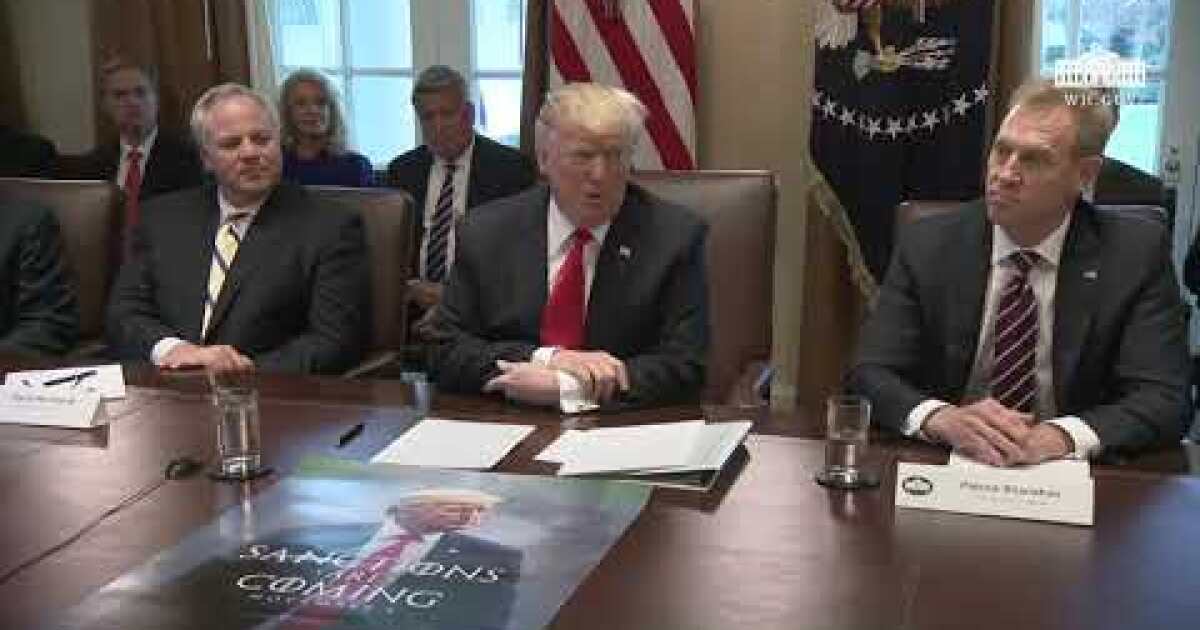Trump congratulates Republican leaders for ‘big victory’ in ending shutdown | Politics News
Republican-controlled House of Representatives is expected to approve funding bill to re-open US federal government in coming days.
United States President Donald Trump has called the looming end of the government shutdown a “big victory” after the Senate passed a bill to fund federal agencies.
Trump congratulated Republican House Speaker Mike Johnson and Senate Majority Leader John Thune on Tuesday for the soon-to-be-approved funding bill.
Recommended Stories
list of 3 itemsend of list
“Congratulations to you and to John and to everybody on a very big victory,” Trump said, addressing Johnson at a Veterans Day event.
“We’re opening up our country — should have never been closed.”
The US president’s comments signal that he views the shutdown crisis as a political win for his Republican Party, which is set to end the budgeting impasse in Congress without meeting the Democrats’ key demand: extending healthcare subsidies.
The Senate passed the funding bill late on Monday in a 60-40 vote that saw eight members of the Democratic caucus backing the proposal.
The Republican-controlled House of Representatives is expected to pass the budget in the coming days to end the shutdown, which has been the longest in US history. Assuming the House approves the bill, it will then go to Trump’s desk, and the president is expected to sign it into law.
In the US system, Congress is tasked with funding the government.
If lawmakers fail to pass a budget, the federal government goes into shutdown mode, where it stops paying most employees and sends non-essential workers home.
The current shutdown started on October 1.
Republicans control the House, Senate and White House, but their narrow majority in the Senate had previously prevented them from passing a continuing resolution to keep the government funded.
In the 100-seat Senate, major legislation must generally be passed with at least 60 votes to overcome the filibuster, a legislative procedure that allows the minority party to block bills it opposes.
The Democratic caucus holds 47 seats in the chamber, which allowed it to successfully wield the filibuster until this week’s divisive vote.
Until Monday, Democrats had largely been united in opposition to the Republicans’ funding bill. They had previously maintained they would only approve government funding if the bill included provisions to extend healthcare subsidies under the Affordable Care Act, which are set to expire at the end of the year.
Those subsidies, Democrats argued, help millions of Americans afford their medical insurance.
But Trump had threatened to ramp up the pressure against Democrats by cutting programmes he associated with their party.
During the shutdown, for example, Trump tried to withhold food benefits for low-income families – a policy that is being challenged in the courts.
The shutdown crisis has also led to flight delays and cancellations across the country due to a shortage of available air traffic controllers, who have been working without pay.
Monday’s Senate vote paved the way for a resolution to the crisis. But it has sparked infighting amongst Democrats, with segments of the party voicing disappointment with senators who backed the bill.
The issue has also intensified criticism against Senate Minority Leader Chuck Schumer, who voted against the proposal but failed to keep his caucus united in opposition to it.
“Sen. Schumer has failed to meet this moment and is out of touch with the American people. The Democratic Party needs leaders who fight and deliver for working people,” Congresswoman Rashida Tlaib said in a social media post on Monday.
“Schumer should step down.”
Senator John Fetterman, one of the most conservative Democrats in the Senate, defended his vote on Tuesday.
“When you’re confronting mass, mass chaos, you know, I don’t think you should respond with more chaos, or fight with more chaos,” Fetterman told the ABC talk show The View. “It’s like, no, we need to be the party of order and logic.”
